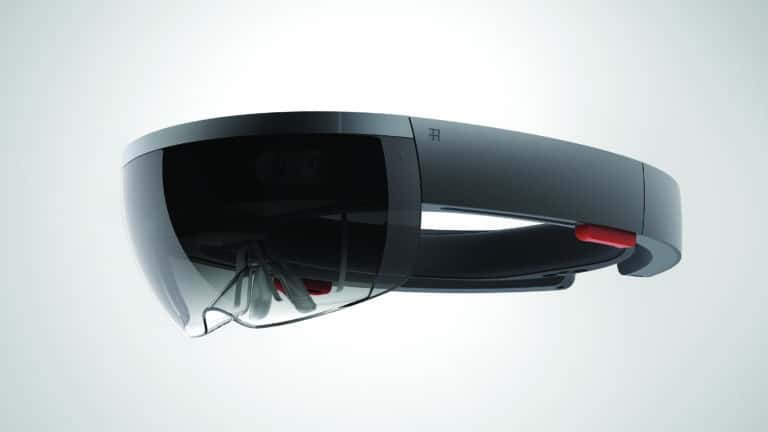
In VR and AR’s early days, we’re learning a lot about consumers’ appetite and understanding. One phenomenon we’ve observed — especially with VR — is that newbies grasp it right away, then quickly ideate other areas where it could apply.
In other words, after receiving a VR demo — say a gaming or productivity app — they’ll intuitively begin to verbalize other prospective VR applications that could apply to their lives or work. They’ll talk about how they see everyone from doctors to designers using it.
The phenomenon played out at the recent Chief Learning Officer week, where we witnessed Strata give demos to long lines of people from the corporate training/learning segment. The hot topic of the day became VR’s place in everything from management to industrial training.
“I’ve been working in tech for many years, and have never seen a new technology that people understand so quickly when you give them a demo,” Strata CEO John Wright told me. “And their minds will immediately go to other VR applications that make sense.”
One reason for this cognitive leap is VR’s visual intensity. It strikes users to such an immersive degree that they understand it on deeply visceral levels. It’s also interesting to watch new users intuitively pick up controls/inputs without instruction (sometimes a function of age).
But there’s also a downside to the phenomenon: because it’s so deeply visceral, it can’t be explained in words. So the masses won’t truly grasp VR until they try it in person. That raises a barrier in these early cost-burdened days of VR, when relatively few people have access.
This is supportive of two things that will bring VR to the masses sooner: mobile VR and location-based VR (e.g. VR arcades). The latter will need to come before wide-scale HMD home ownership… just as the arcades of the 70s and 80s preceded home gaming console ubiquity.
But the biggest lesson is that VR’s adoption and market penetration will start slow, then hit a tipping point and suddenly accelerate quickly. That will happen when a critical mass of consumers get that initial “wow” experience, then naturally imagine other apps they want.
But all of the above mostly applies at the consumer level. The adoption cycle will happen faster in the enterprise, as we’ve argued. Like consumers, corporate buyers will need to try VR to get it, but ultimately they’ll have a greater impetus to invest given potential cost savings.
That brings us back to Strata. It’s beginning to target large companies that have decentralized teams that need specific training. Doing that in a virtual environment is cheaper than dispatching human capital to far-flung locations; and it’s more effective than training videos.
One of Wright’s demos is an immersive guide to fixing a Ford truck tire, which could be used by dealerships as a design reference. Similar processes could be applied to everything from Jiffy Lube to Supercuts, where quality control and common protocols need to be enforced.
This makes the corporate franchise sector an opportune area for VR. We’re not there yet but the first step is awareness. Once the tipping points comes — as we saw with enterprise app development in the smartphone era — the corporate spending will flow quickly.
For a deeper dive on AR & VR insights, see ARtillry’s new intelligence subscription, and sign up for the free ARtillry Weekly newsletter.
Disclosure: ARtillry has no financial stake in the companies mentioned in this post, nor received payment for its production. Disclosure and ethics policy can be seen here.
Image credit: Microsoft
